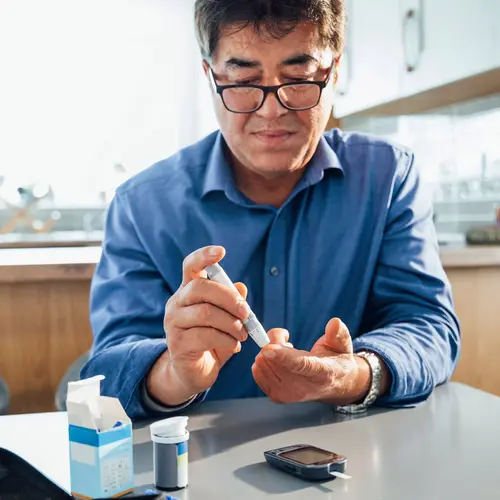New hybrid treatments are evolving for the more than 2.5 million Americans with atrial fibrillation, or AFib. This disorder is a stuttering, irregular heartbeat, or arrhythmia, in the upper chambers of your heart, called the atria. When your heart quivers instead of producing strong, consistent heartbeats, it may lead to blood clots, stroke, or heart failure.
Common Treatments for AFib
Symptoms of AFib include fatigue, heart palpitations, trouble breathing, and dizziness. Doctors often treat these symptoms with medications. These may include blood thinners, rate controllers, and rhythm controllers. These drugs are most often prescribed to prevent and treat blood clots that can cause a stroke.
When medications don’t control your AFib, your doctor may recommend cardiac ablation. This process, which requires hospitalization, uses burning or freezing to create lines of scar tissue that block transmission of the abnormal electrical signals. This helps your heart maintain a normal heartbeat.
What Is Hybrid Surgical-Catheter Ablation?
Some forms of AFib are more complicated, and they don’t respond well to either drugs or cardiac ablations. Your cardiologist may then recommend a fairly new strategy known as hybrid surgical-catheter ablation. Your cardiac surgeon and electrophysiologist (heart rhythm specialist) will combine the most effective parts of surgery and catheter ablation while minimizing your risks.
By blending these two treatments, your doctors have more tools to keep your heart in a safe and steady rhythm.
How Does Hybrid Surgical-Catheter Ablation Work?
If your doctor thinks this approach is right for you, you will need to check into the hospital. It is not as invasive as open heart surgery, but you will be under general anesthesia. You will not have any large chest incisions after the procedure.
For the surgical ablation part of the treatment, your cardiac surgeon will:
- Make a small incision in your abdomen
- Use an instrument to see the outer surface of your heart
- Insert a device to create scar tissue on the back wall of the left atrium, from outside your heart
With this hybrid procedure, your electrophysiology team will be working on the catheter ablation of the inner part of the heart. This may be done during the same surgical procedure, or it may be done several weeks later. They will:
- Thread a catheter, usually from your groin, up into the left atrium of your heart
- Map the electrical signals on the left side of your heart
- Use catheter ablation to fill any gaps in the scar tissue from the inside of the heart by using extreme heat or cold on the tissue
- Test the efficiency of the scar tissue pattern that’s been created
Weighing the Benefits and Risks
This dual approach to fix your heart’s abnormal rhythms may mean less pain, less time in the hospital, and faster recovery than with traditional surgery. And you may be able to take fewer medications once you’re out of the hospital.
You should talk to your doctors about the risks of this hybrid approach, particularly those related to the costs and risks of a second procedure and hospitalization.
Who Can Get Hybrid Treatment?
If you have persistent AFib and have been treated with catheter-based techniques alone, your AFib may return up to 50% of the time.
The hybrid approach is a more aggressive treatment, but it can be effective if you have:
- Chronic atrial fibrillation
- Structural heart disease
- AFib that has not responded to other treatments, such as catheter ablation alone

